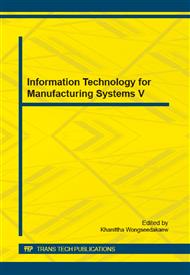p.634
p.639
p.643
p.651
p.660
p.666
p.671
p.676
p.683
Research on Thermal Insulation and Energy Saving of External Wall in City High-Rise Building of Cold Area
Abstract:
This paper applies the method of numerical simulation and field detection, and studied energy-saving insulation characteristics on the external walls of high-rise buildings in cold area, analyze and recommend the best arrangement of building and the most generous exterior wall insulation system suitable for cold area, and the degree of insulation materials were studied. The results show that: the mode preferred cold area is exterior insulation, insulation material made of extruded polystyrene board, frame structure filling wall preferred ceramsite hollow block.
Info:
Periodical:
Pages:
660-665
Citation:
Online since:
October 2014
Authors:
Price:
Сopyright:
© 2014 Trans Tech Publications Ltd. All Rights Reserved
Share:
Citation:


